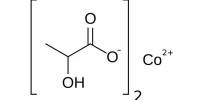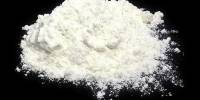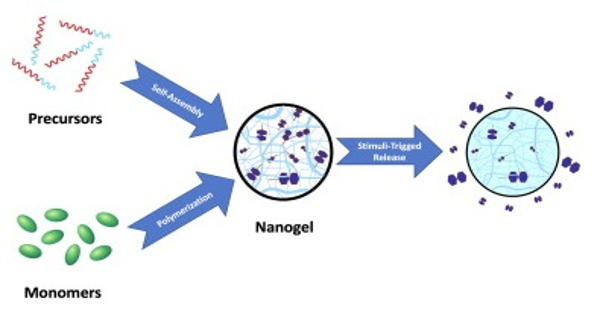Lithium phosphide is an inorganic compound of lithium and phosphorus with the chemical formula Li3P. This dark colored compound is formally the lithium salt of phosphine, consisting of lithium cations Li+ and phosphide anions P3−. It is hazardous to handle because of its high reactivity toward air.
Synthesis
Heating red phosphorus and lithium in an argon atmosphere:
12 Li + P4 → 4 Li3P
Reaction of monolithium phosphide and lithium:
LiP + 2 Li → Li3P
Physical and chemical properties
Lithium phosphide forms red-brown crystals of hexagonal systems, space group P63/mmc, cell parameters a = 0.4264 nm, c = 0.7579 nm, Z = 2.
The compound reacts with water to release phosphine: Li3P + 3 H2O → 3 LiOH + PH3
- Formula: Li₃P
- Molecular Weight: 111.79 g/mol
- Appearance: Reddish-brown crystalline solid
Reactions:
Lithium phosphide reacts with water as follows: Li3P+3H2O→3LiOH+PH3Li_3P + 3H_2O. This reaction releases phosphine gas, which is hazardous.
Storage:
Li₃P should be stored in a dry, inert atmosphere to prevent it from reacting with moisture from the air.
Uses
Lithium phosphide is studied for use in lithium-ion batteries as an anode material due to its high lithium content. It serves as a source of lithium ions and phosphorus in various chemical syntheses and reactions.
The compound is proposed to be used as a potential electrolyte for solid-state devices.
Safety and Handling
Lithium phosphide is highly reactive, particularly with water, producing phosphine gas (PH₃), which is toxic and flammable. Handling of Li₃P should be done with care, under inert atmosphere (such as argon) and with appropriate safety protocols.
















